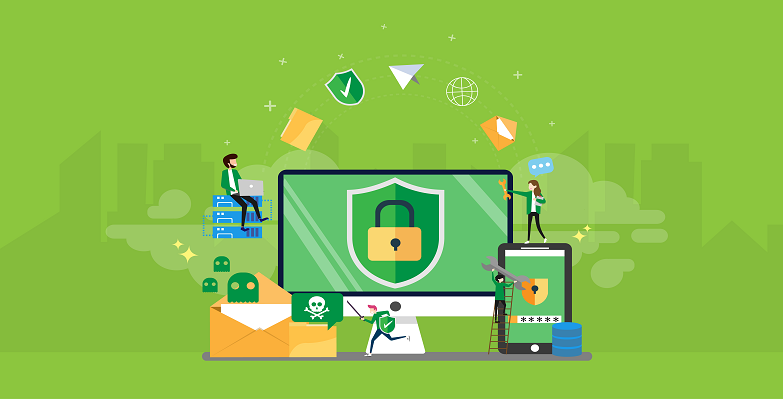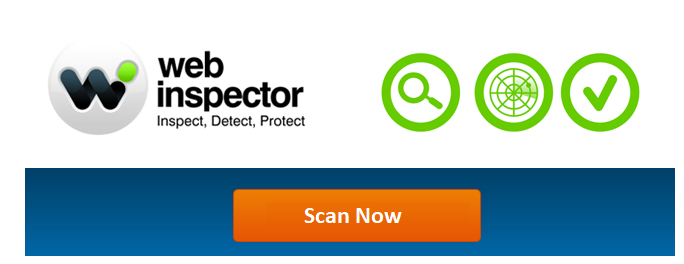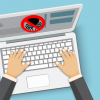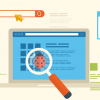Is this website safe?
Checking website safety is of the utmost importance. Studies have shown that having an unsafe website can drastically decrease traffic and conversions on your site, as most popular browsers today will display warning messages if a website is considered unsafe, blocking users from even accessing your site.
Although you may think your website is safe, certain vulnerabilities can leave you and your users exposed, and it is possible that your website has already been hacked without you even realizing it. Therefore, it is important to check your website’s safety and security regularly, even if you have no reason to believe that your site is dangerous.
How to Perform a Website Safety Check?
A good starting point is to run a website security scan from a trusted vendor to check for vulnerabilities or breaches. Webinspector offers a deep-dive website security scan to check for any issues that may cause your website to be considered unsafe. You will receive a report of any issues or potential issues discovered, and tips for how to fix them. If you are experiencing the worst-case scenario, and your website has been hacked and compromised, Webinspector also offers full malware removal services for less than $7.92.
5 Simple Ways to Check your Website Safety
When conducting a website safety check, there are a few things that you will want to look out for and update when necessary. The top priorities for your safety check should include:
- Enable HTTPS
- Disable/Remove Unnecessary Plugins
- Backup Files
- Manage File Integrity
- Change Username and passwords
Enable HTTP
The “S” in HTTPS stands for “secure.” It is a Secure Socket Layer, which encrypts transactions between a browser and the server. A website with https is therefore considered to be secure and is necessary for any website that collects sensitive information. If you don’t have HTTPS enabled, you should do so.
Disable/Remove Unnecessary Plugins
If your website has plugins that are old or no longer in use, make sure to remove or disable them. Outdated plugins can have vulnerabilities that allow hackers to use them to infect your website with malware.
Backup Files
Think about the consequences of a data breach on your website. All your data and your customers’ data would be stolen and destroyed, and your website could be inoperational for an extended period of time. Can you afford the damage to your brand and bottom line? It’s best to have proactive measures in place to prevent such damage. The simplest measure is to backup all the business and customer data to avoid the trouble in case of a massive data breach. It is a good practice to have data hosted in a third-party location and not on your website’s server.
Manage File Integrity
All the files in your website serve a purpose and therefore are critical to its uptime. Hackers target certain vulnerabilities in any one of your files. Consistently running safety checks and analyses on the integrity of those files is critical in ensuring the overall safety of your entire website.
Change Username and Passwords
To protect your website from brute force attacks, you should always change your username to something other than the generic admin username given when you initial create your account. Having a username like “admin” or “webmaster” will make brute force attacks much easier than if you change your username to something more complex.
Likewise for passwords. Make sure to use complex passwords that will be difficult to guess during a brute force attack. Random, auto-generated passwords are often a good option.
Related Resources
Website Status
Website Malware Removal
DDoS Tools
WordPress Security
Domain Blacklist Check
Check Website for Security
Security Check Website
Is this Website Safe
DDoS Attack
Website Scan
Link Checker Virus








